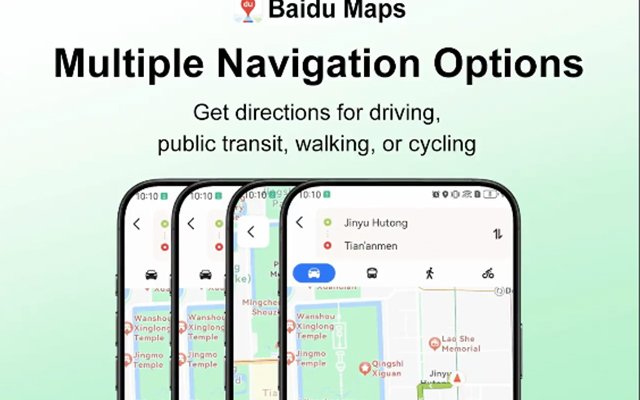By xiaoyue\June 12 2025

A Chinese girl is communicating with a foreigner through a translation app
To help international travelers communicate in China, we’ve identified four top-rated translation apps. These include South Korea’s Naver Papago, China’s Baidu Translate, and popular Western apps Microsoft Translator and iTranslate.
Below is a comparison table of their key features and usability in China:





